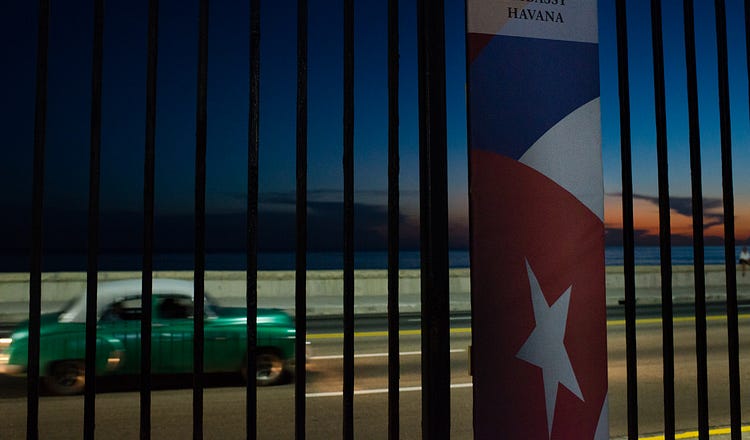The Attacks

A car drives past the walls of the U.S. Embassy building in Havana. (Sarah L. Voisin/The Washington Post via Getty Images)
Is Havana Syndrome a secret super weapon? Or a social contagion?
111
The first person to report strange symptoms was a CIA officer posing as a diplomat at the U.S. embassy in Cuba.
It was December 2016. He was at home, in Havana, when he was overcome by a severe headache and dizziness. He heard a loud, persistent whirring sound. And then it felt like a wave, or a beam of energy, was pressing in on him.
He thought it was a …
Continue Reading The Free Press
To support our journalism, and unlock all of our investigative stories and provocative commentary about the world as it actually is, subscribe below.
$8.33/month
Billed as $100 yearly
$10/month
Billed as $10 monthly
Already have an account?
Sign In

